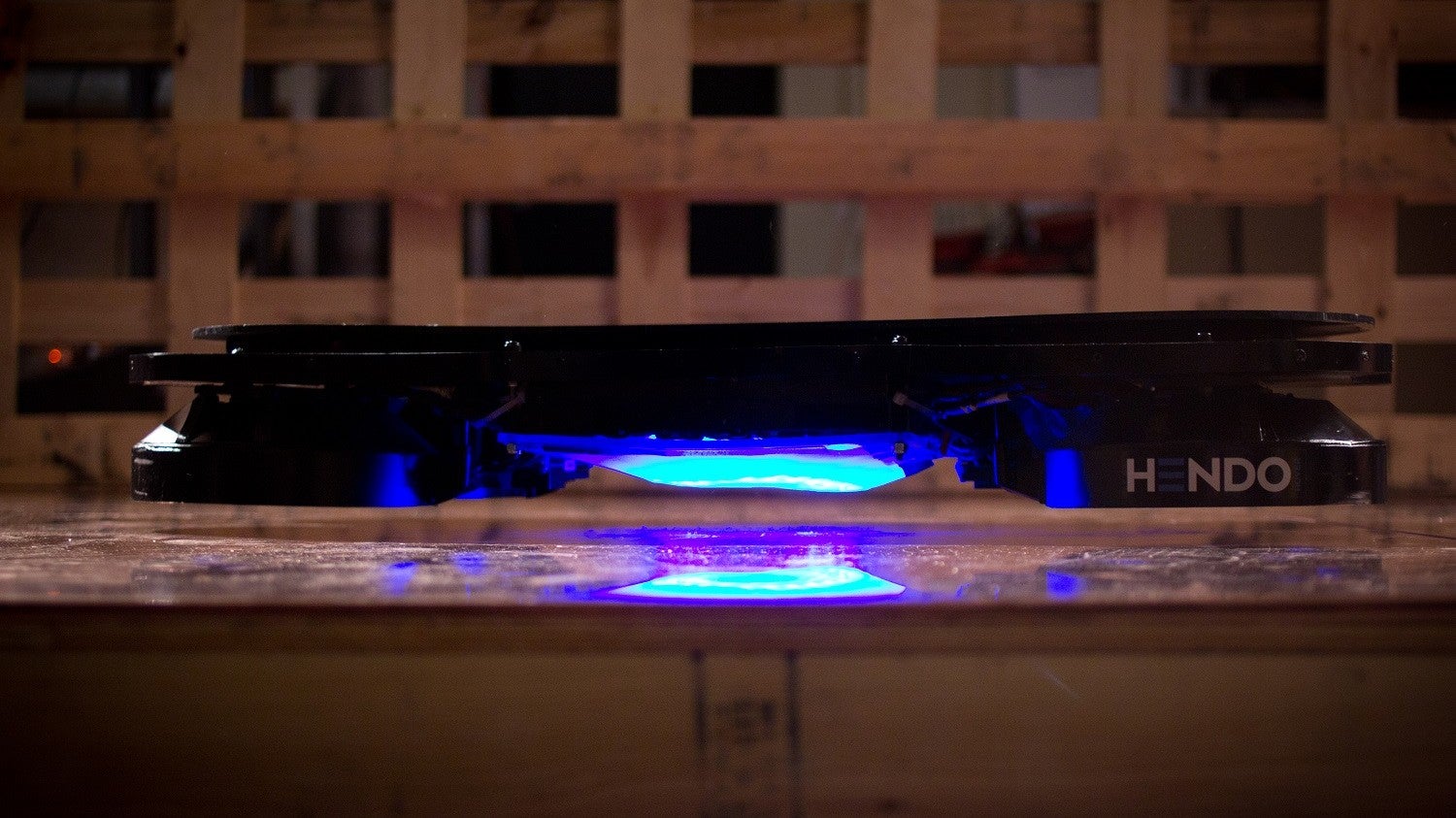The hoverboard is real, and it could give rise to hoverhouses
Board creates magnetic field to achieve lift

Your support helps us to tell the story
From reproductive rights to climate change to Big Tech, The Independent is on the ground when the story is developing. Whether it's investigating the financials of Elon Musk's pro-Trump PAC or producing our latest documentary, 'The A Word', which shines a light on the American women fighting for reproductive rights, we know how important it is to parse out the facts from the messaging.
At such a critical moment in US history, we need reporters on the ground. Your donation allows us to keep sending journalists to speak to both sides of the story.
The Independent is trusted by Americans across the entire political spectrum. And unlike many other quality news outlets, we choose not to lock Americans out of our reporting and analysis with paywalls. We believe quality journalism should be available to everyone, paid for by those who can afford it.
Your support makes all the difference.Hoverboards aren't in short supply on Kickstarter, and you can in fact make your own makeshift version with a leaf blower and a bit of plywood, but this latest version from Hendo works on the method the writer of the Back To The Future trilogy envisioned, using a magnetic field to generate lift.
"The magic behind the hoverboard lies in its four disc-shaped hover engines," creators Hendo Hover explain on Kickstarter. "These create a special magnetic field which literally pushes against itself, generating the lift which levitates our board off the ground.
"While our hoverboard is primarily intended to be self-propelled, the actions which stabilize it can also be used to drive it forward by altering the projected force on the surface below."
While this is the most convincing and authentically Back To The Future hoverboard yet, there is a downside.
"Currently, this surface needs to be a non-ferromagnetic conductor," Hendo adds of the special copper half pipe it has built. "Right now we use commonly available metals in a simple sheets, but we are working on new compounds and new configurations to maximize our technology and minimize costs."
The prototype, which Hendo is hoping will attract $250,000 of funding so it can mass-produce the hoverboard, is shown off in a new video, with a tester seen floating one inch off the ground.
The hoverboard is in fact merely a means for the company to draw attention to a larger development: hoverhouses.
Using the technology, Hendo hopes to one day be able to seperate buildings from the ground during earthquakes.
Join our commenting forum
Join thought-provoking conversations, follow other Independent readers and see their replies
Comments